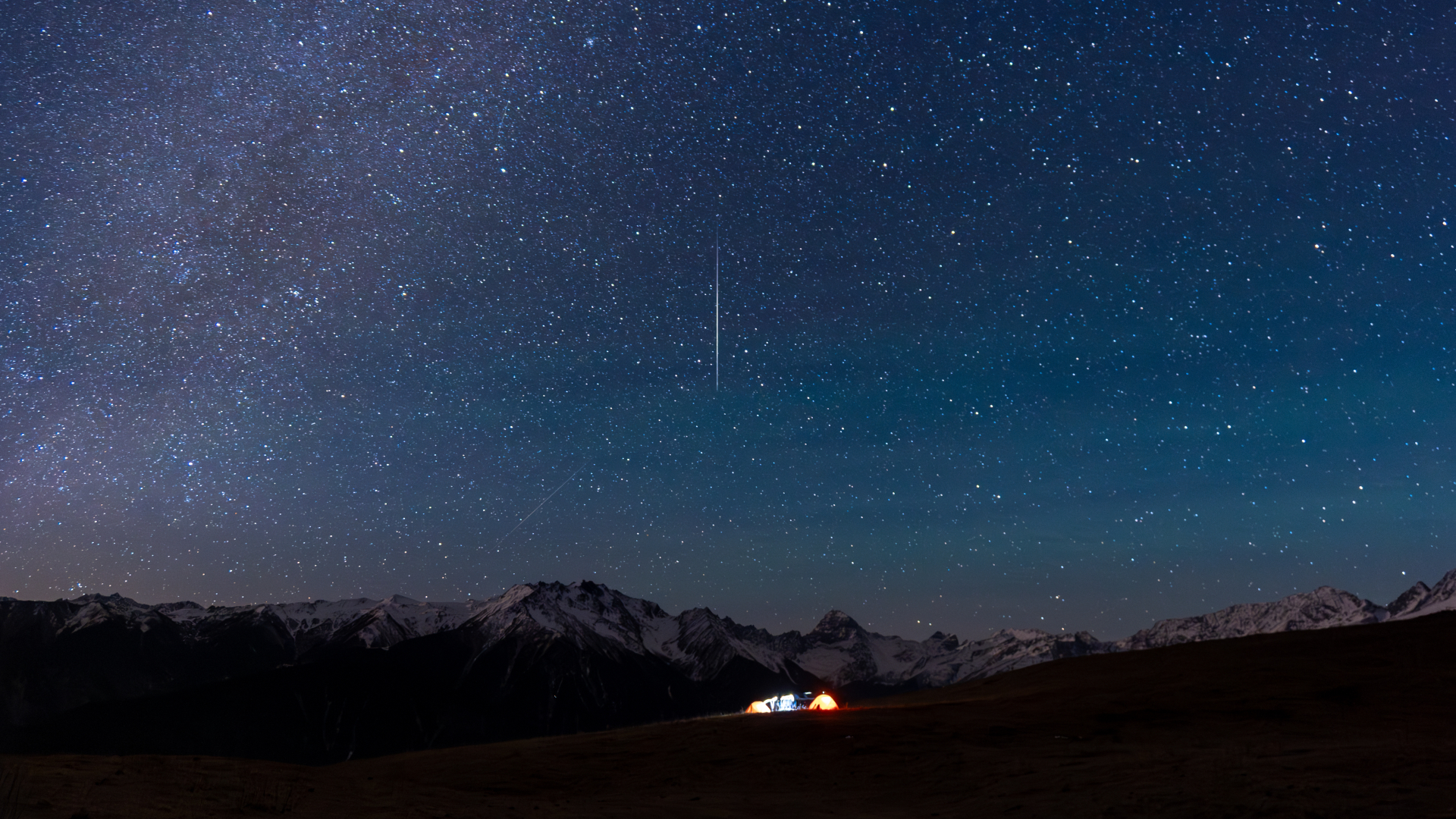'Star Trek: Discovery' Season 4, Episode 10 provides Tarka's backstory
The set up for the season four finale continues ... very ... slowly.
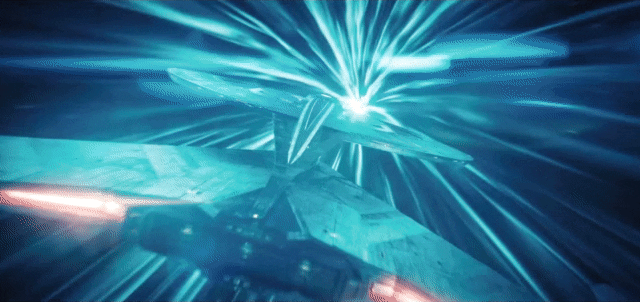
Warning: Spoilers ahead for "Star Trek: Discovery" Season 4, Episode 10
As the fourth season of "Star Trek: Discovery" trudges on, it's impossible to shake the feeling that we've been here before. Not only is the basic premise of this seasonal story arc virtually identical to the last one, but when the season is considered as a whole, the primary plot is moving at about the same speed. A breadcrumb here and there and then lots of additional content padding out the rest of the plot.
At the same point last season, Episode 10 of Season 3, we'd just had "Terra Firma, Part II," the conclusion to the Mirror Universe two-parter that while thoroughly enjoyable, really offered nothing whatsoever to the ongoing plot. And here we are again, almost. (If you want to get caught up on "Discovery", check out our Star Trek: Discovery streaming guide or our overall Star Trek streaming guide for the entire franchise.)
If "Discovery" was following a series-long story arc, like "Battlestar Galactica" or "Babylon 5" or even "Deep Space Nine" and to some extent "Voyager," then it's possible, from time to time, to deviate from the path of the plot without risk of getting lost or distracted with what is, in essence, a collection of short stories.
Related: 'Star Trek: Discovery' Episode 9 begins setting up the big season finale
- Want to try Paramount Plus? Here's a free one-month trial
- Subscribe to Paramount Plus for $5.99/month
To best enjoy "Star Trek: Discovery," you really should forget all about the nonsense concerning the dark matter anomaly and enjoy each episode as a standalone installment. Because if you wait around for anything substantial to happen regarding the main plot, you might get bored. With four seasons and 56 episodes so far, each episode costing upwards of $8 million, you'd think perhaps the people at Paramount would've nailed the formula by now. Instead, it feels like it's been written using the same template as the last season and even the season before that.
This episode opens with a conference at Federation HQ with Kovich (David Cronenberg) — arguably the most interesting character currently in this incarnation of "Star Trek" — chairing said conference with the likes of General Ndoye (Phumzile Sitole), Admiral Vance (Oded Fehr), President T'Rina of Ni'var (Tara Rosling) and others also in attendance. In front of him are communication devices from throughout "Star Trek," including one from "The Original Series," plus a Gorn communicator from "Arena" (Season 1, Episode 19) together with one from "Picard" and several others. The purpose of this coveted collection is purely to illustrate how Species 10-C might not communicate in the same way most other sentient lifeforms in our galaxy do. Plus, the early release of publicity photos from this scene was meant to send "Star Trek" fans running to their social media accounts, foaming at the mouth at the prospect of a potential series crossover.
Breaking space news, the latest updates on rocket launches, skywatching events and more!
Related: 'Star Trek: Discovery' Season 4, Episode 8: A not-awful installment
Thankfully, that's not the case and it's just a little harmless misdirection. Kovich totally steals the scene, which he has a tendency to do, and there's a reference to the "Enterprise" episode "Carbon Creek" (Season 2, Episode 2), which while divisive among many fans, remains one of this writer's favorite "Star Trek: Enterprise" episodes.
"Vulcan surveyed Earth for almost a century before making first contact," Kovich says, suggesting that observation is essential to peaceful first contact.
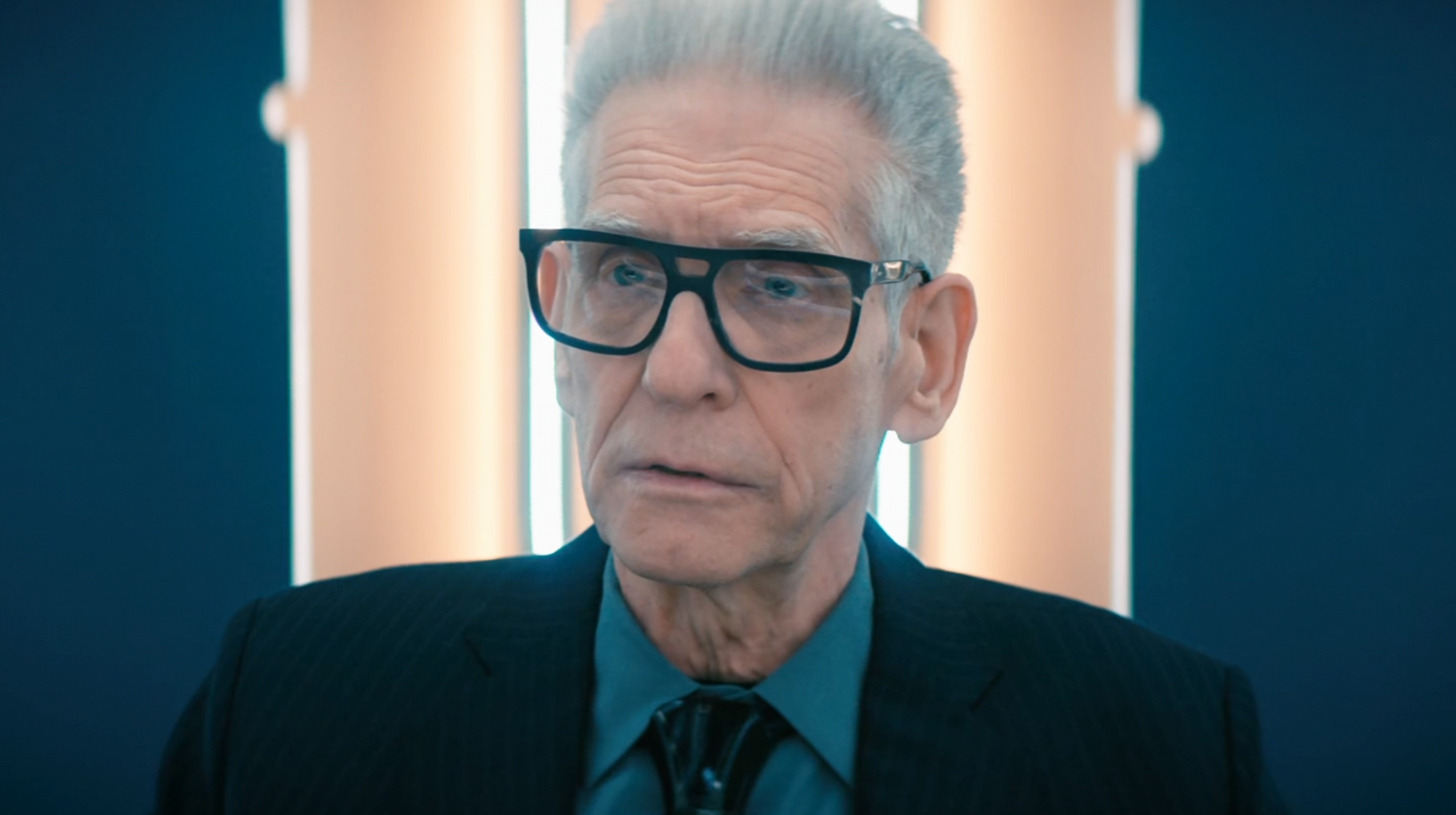
In the "Enterprise" episode, Sub-Cmdr. T'Pol entertains Capt. Archer and Cmdr. Tucker with a tale of how in 1957 a Vulcan survey ship crashed on Earth, near a small mining town called Carbon Creek, Pennsylvania, 106 years before first contact in Bozeman, Montana in 2063.
Following the meeting, President Laira Rillak (Chelah Horsdal) informs Vance that she was handing power to her deputy (we don't know who that is yet) since she believes her background as a politician and an ambassador will prove useful in Discovery's upcoming mission. T'Rina also unexpectedly joins the mission, much to Saru's delight, but bridge crewmember Lt. Bryce (Ronnie Rowe) elects to stay behind; perhaps there's limited space on Discovery.
Related: 'Star Trek: Discovery' Episode 7 sets up a mid-season cliffhanger
Discovery's mission is to fly through the Galactic Barrier and attempt first contact. Ah, the Galactic Barrier. In the "Star Trek" universe, this was an energy field composed of negative energy surrounding the rim of the Milky Way galaxy. It's invisible to both the naked eye and visual recording equipment at a distance.
According to Memory Alpha, the first encounter occurred in 2065 with the SS Valiant, but unfortunately, the ship was swept into the barrier, ultimately resulting in the destruction of the ship and the loss of all hands. Then, in 2265, the USS Enterprise discovered the disaster recorder ejected from the Valiant. Decoding its message, they retraced the Valiant's path, being almost destroyed in the process in "The Original Series" episode "Where No Man Has Gone Before" (Season 1, Episode 1) that was actually the second pilot.
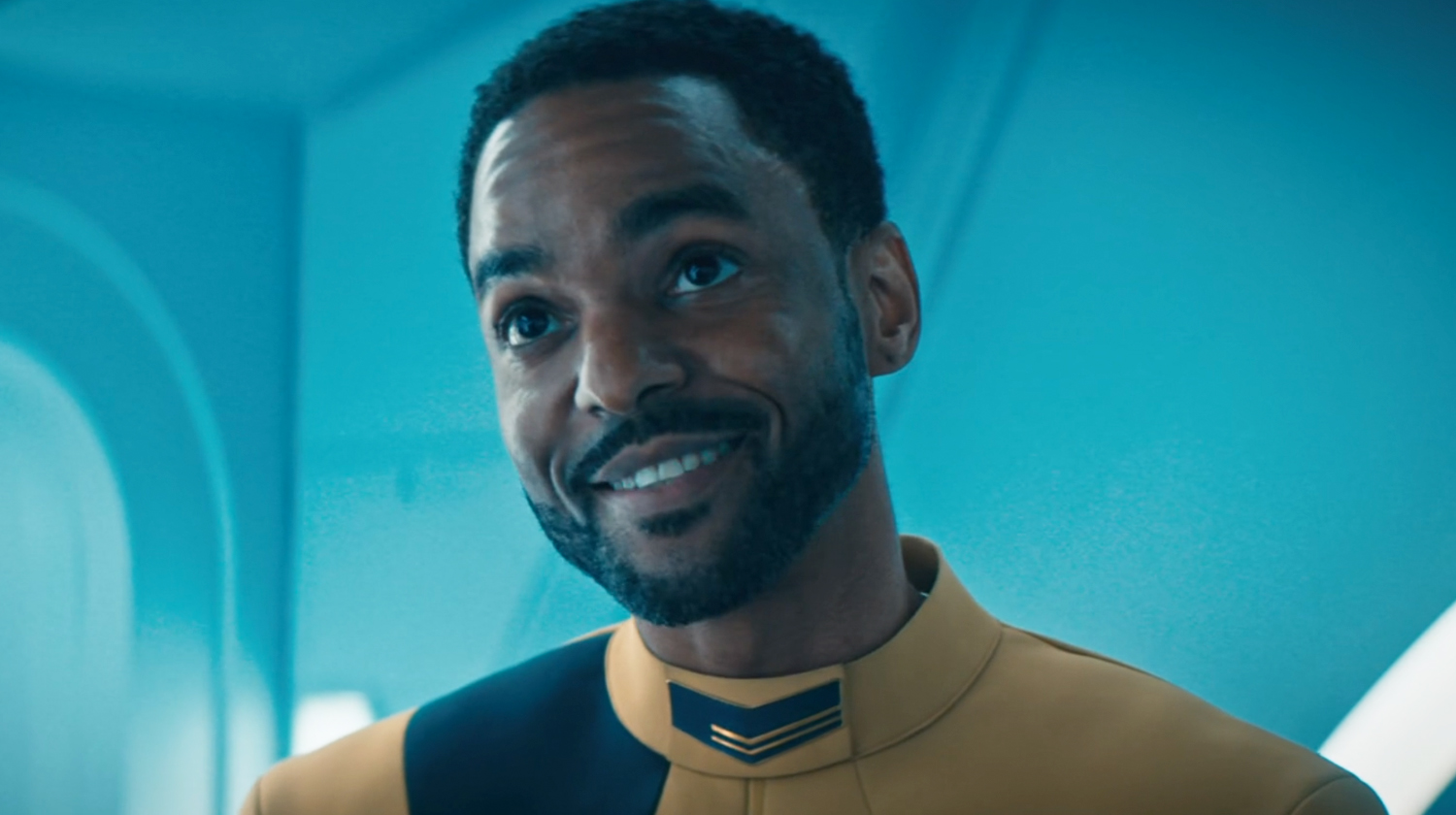
It was subsequently referenced in two more TOS episodes, "By Any Other Name" (Season 2, Episode 21) and "Is There in Truth No Beauty?" (Season 3, Episode 7) and it's determined to be mostly made up of "negative energy."
This shouldn't be confused with "the Great Barrier" at the center of the galaxy, which made its most well-known appearance in "Star Trek V: The Final Frontier." However, since 1989, we've learned that a black hole one million times the mass of the sun, called Sagittarius A* (pronounced "Sagittarius A star") is in fact at the center of the Milky Way.
Related: 'Star Trek: Discovery' Season 4, Episode 6 keeps the tempo up
Similarly, nothing like what we're shown exists at the edge of our galaxy. Instead of giant "space cells" floating about or anything remotely like that, the edge of the galaxy is a bit fuzzy, similar in principle to the edge of the Ort Cloud that marks the boundary of our solar system. As the boundary is crossed and the gravitational influence of the last heavenly body is left behind, there is basically nothing but noble gases, carbon compounds and lots of big, black empty space.

No, OK, we don't know for sure. No, OK, no one has been out there, but all science points to this conclusion and it's clear that the writers on "Discovery" have incorporated a throwback to "The Original Series" and that's fun. But it feels like it jars against all the efforts made in previous episodes and other seasons to keep the science at least reasonably accurate, promoting STEM and stimulating young minds and all that. Yes, there's still plenty of room for science fiction (transporter technology, mushroom-powered propulsion and so on) but this one isn't a result of future technology, it's been this way for very roughly 13.61 billion years.
In order to survive traveling through this fictional fortification, both Book's ship and the USS Discovery must upgrade their shields to incorporate programmable antimatter. For the NCC-1031-A that's pretty straightforward since they can utilize Starfleet resources, but for Ruon Tarka (Shawn Doyle) and Book (David Ajala) it presents a little bit more of a problem. They must travel to an unnamed planet where Tarka is certain there is more than enough hidden away in a secret stash.
Related: 'Star Trek: Discovery' Episode 5 pulls a handbrake turn at warp speed
Upon landing, Book freaks out as he sees a giant antenna-like structure that he recognizes as part of an Emerald Chain work camp. Interestingly, we first saw these in last season's episode "Scavengers" (Season 3, Episode 6), so that's nice continuity from the writers. And so Tarka explains his backstory and motivation to secure the dark matter anomaly's power source.
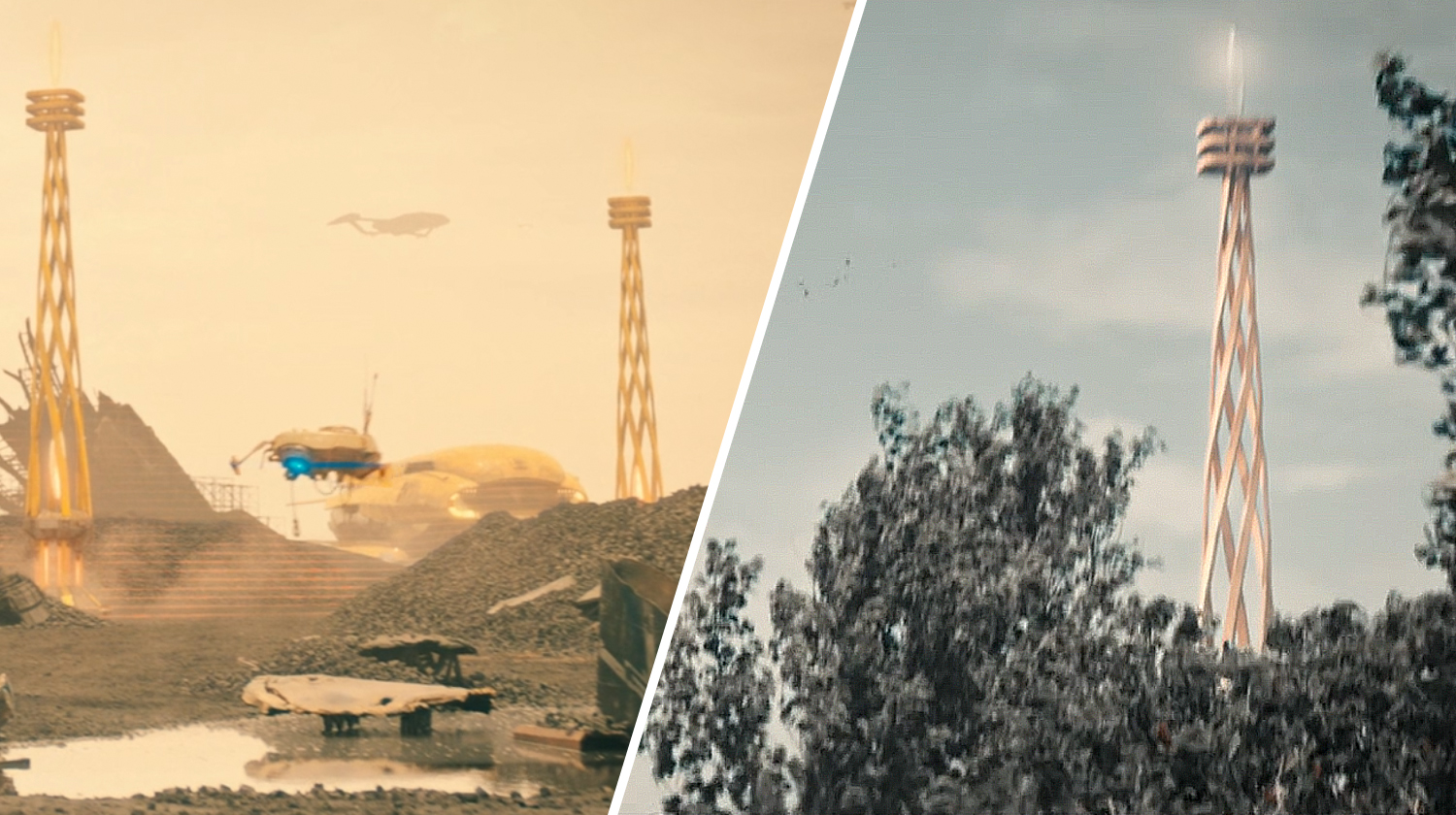
We learn through flashbacks that while he himself was a prisoner in an Emerald Chain facility — the very one they are approaching — Tarka gradually became very dear friends with an alien scientist also held captive there named Oros (Osric Chau). Turns out that Oros is a brilliant scientist and before being thrown in with a cellmate, Tarka had spent a very long time in solitary confinement, which explains his less-than-perfect social skills. Meanwhile, Oros explains to Tarka that he's been working on an interdimensional transporter.
Their relationship is nice to watch as it develops and the dialogue is good. All in all, it's a nice feature in this episode, even if it doesn't advance the plot very far. In the second string story, Discovery must navigate through the Galactic Barrier to reach the space where species 10-C is believed to exist. This involves a series of maneuvers through a giant sea of bubbles, or "spacial cells" caused by vacuum-state fluctuations. However, even Discovery's reinforced shields can't withstand the negative energy concentrations and gamma ray radiation for long, so time spent outside one of these "spacial cells" must be kept to an absolute minimum.
Related: 'Star Trek: Discovery' Episode 4 ends with a surprise you didn't expect
In order to introduce a new ticking clock to the plot, it's revealed that Vance has sent an encrypted message to the Discovery. We already knew that the anomaly had sped up its boronite harvesting and was due to move soon, and indeed it has ... but it has reappeared in the Alpha Quadrant, and based on their projections, gravitational waves will begin impacting Ni'Var and Earth within the next 71 hours. Uh oh.
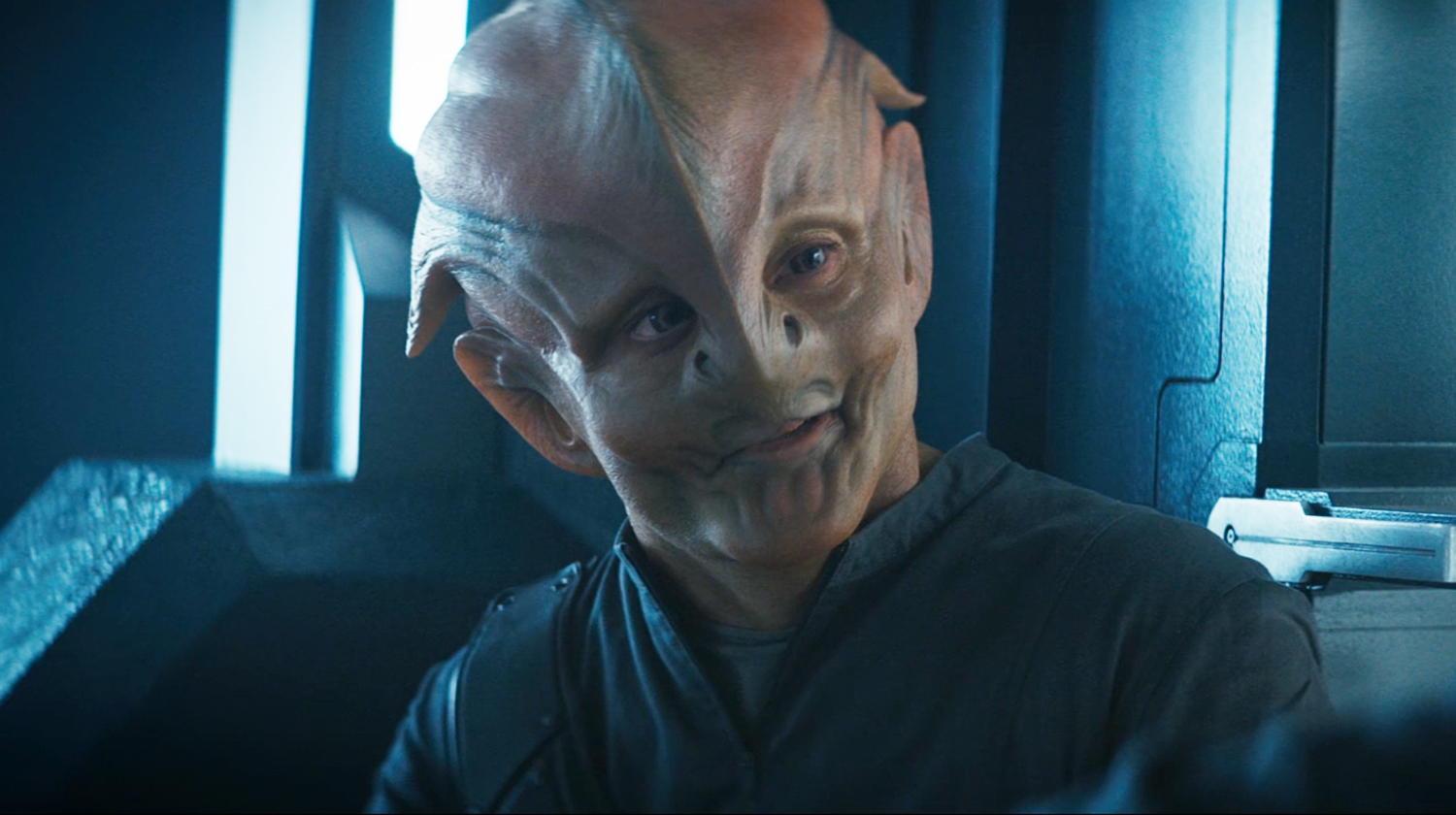
Tarka reveals that he had told Osyraa about the interdimensional transporter in exchange for his freedom and long before he had really go to know Oros. At this point in the flashback, we see guards coming for both of them, but Tarka is able to overpower them. He's understandably remorseful about having betrayed the alien who is now his best friend, but during the struggle Oros has been badly injured. He insists Tarka leave before more guards arrive and that they will meet in Kayalise together, which means "home" in his language; a place beyond suffering, a place without the Emerald Chain and a place he has been searching for — and his calculations had proved it was real.
We hear about how it took Tarka several days before he was able to safely return to the compound after having escaped, in an attempt to rescue Oros. While he was hiding, there was a massive power surge in the camp and he witnessed ships leaving in droves, but his friend was long since gone, and the laboratory — in fact, the entire complex — was deserted. However, he found their symbol for Kayalise, the symbol for the golden ratio etched into a wall. He believes Oros made it to their new home and he continued to return to the ruins of the compound every year, hoping to find another sign. Of course, he eventually built his own transporter, but he could not find the power source until the dark matter anomaly showed up.
Related: 'Star Trek: Discovery' Episode 3 is stuffed full of subplots and side stories
They grab the hidden antimatter, which had been stashed there by Tarka many years ago to power his own interdimensional transporter and embark on their own journey through the Galactic Barrier and on into unknown territory. Meanwhile, the Discovery is just one step ahead and has cleared the Barrier and is warping on to initiate first contact with species 10-C.
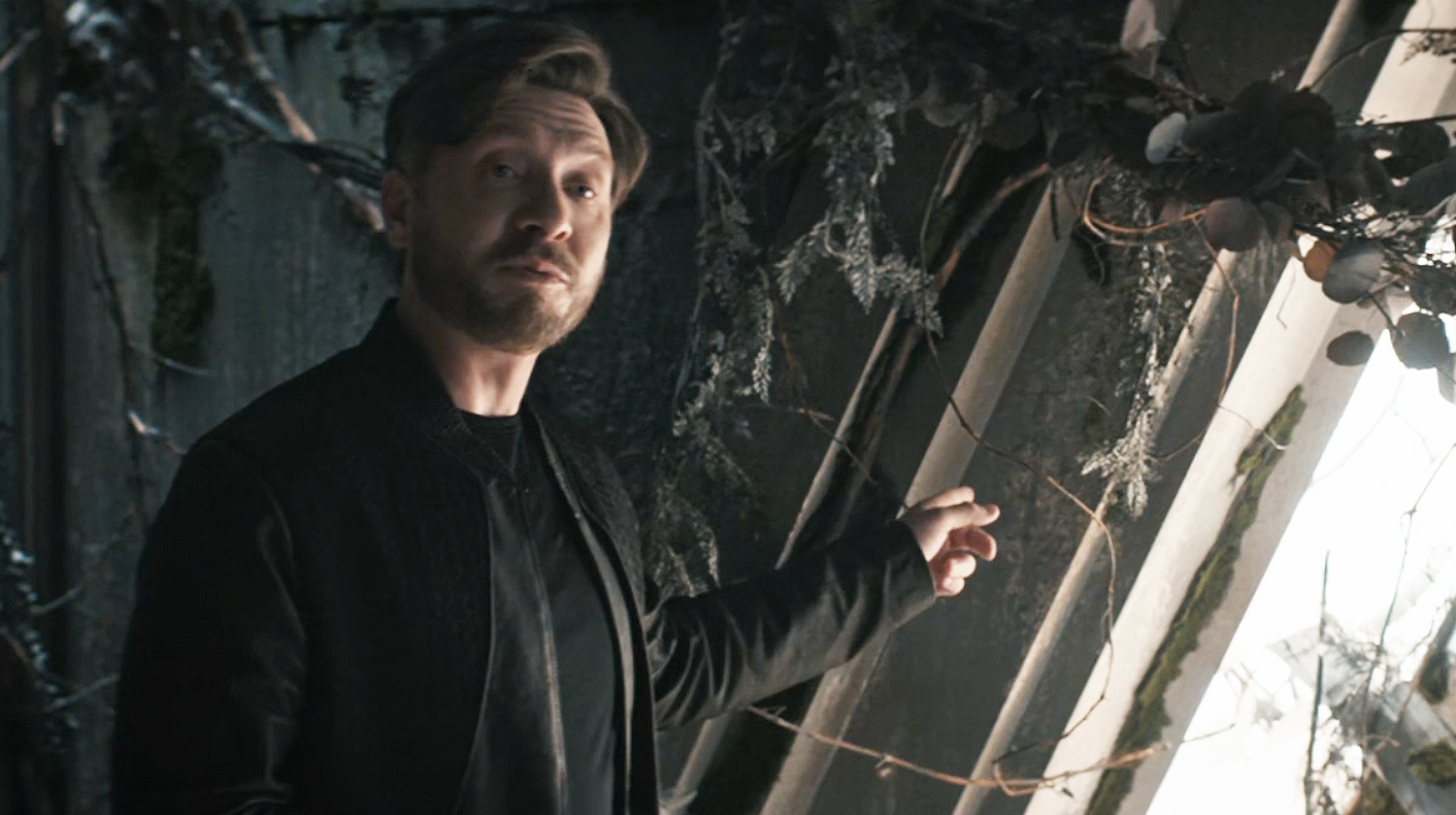
There are just three episodes left now and we're pretty much expecting Book and Burnham to join forces somehow, and Tarka will possibly get to use his interdimensional transporter — or maybe die trying, a bit like Dr. Tolian Soran in "Star Trek: Generations." But if there's a species 10-C reveal even half as lame as last season's Su'Kal moment, we're going to be very disappointed indeed.
Rating: 7½ /10
The first 10 episodes of Season 4 of "Star Trek: Discovery" are available to watch now on Paramount+ in the US and CTV Sci-Fi or Crave TV in Canada. Countries outside of North America can watch on the Pluto TV Sci-Fi channel. Season 2 of "Star Trek: Picard" begins on March 3, 2022 and the premiere season of "Strange New Worlds" begins on May 5, 2022.
Follow Scott Snowden on Twitter. Follow us on Twitter @Spacedotcom and on Facebook.

When Scott's application to the NASA astronaut training program was turned down, he was naturally upset...as any 6-year-old boy would be. He chose instead to write as much as he possibly could about science, technology and space exploration. He graduated from The University of Coventry and received his training on Fleet Street in London. He still hopes to be the first journalist in space.
